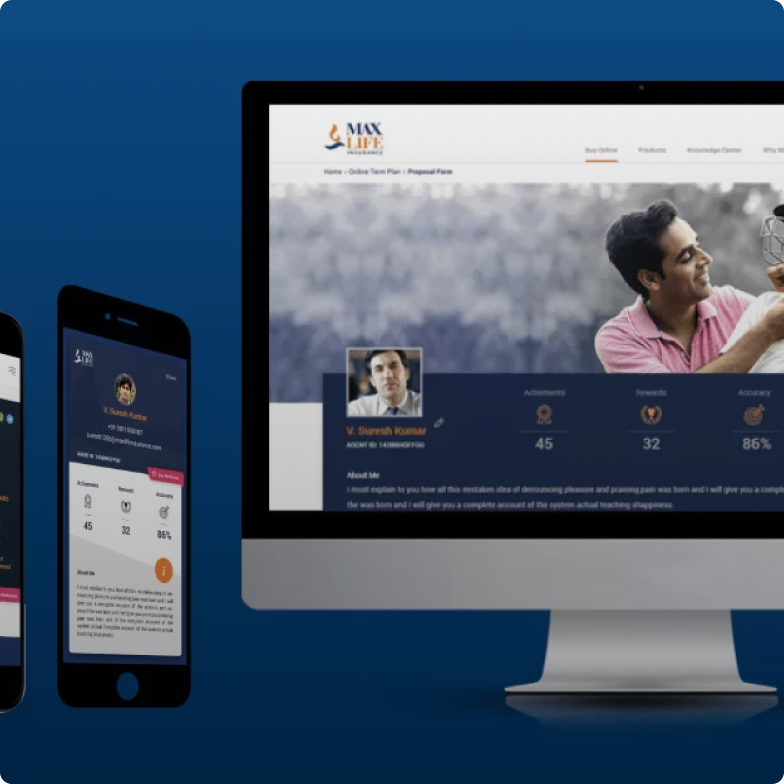
In today’s time, businesses are more cognizant of the faculty and benefits of design thinking as a strategic value add. There is enough awareness and acceptance towards embracing the practices for business growth, be it a software product company, or an enterprise offering solutions for the end-users.
Experts have defined design thinking as a problem-solving tool with a human-centered approach that leads to innovation. It is all about integrating the users’ needs, optimizing the possibilities of technology, and meet the requirements for business success.
Design as a Strategic Differentiator
As we move further into the experience economy, the expected time frame of delivering the enhanced solutions by solving the right problems will reduce. Companies need to be more perceptive of the changes in consumer behavior, market trends and be agile in addressing the changing concerns.
It presents an opportunity to the designers where they get a seat at the table. And not just that but with unprecedented changes such as the current pandemic, they get to lead the businesses into the unknown and drive success. As organizations accept and embrace design thinking on their journey to become design mature, they will aim to build in-house design strength.
And while ‘design’ itself will pervade all fields of endeavor, the ‘designer’ will specialize in specific areas. In design-mature organizations, the design will kick off the business cycle and not merely add value towards the end. Business schools will morph into hybrids of design schools, as design thinking methodology to solve the right problems gains more credibility and preference. The possibilities for businesses to strive and grow with ‘design thinking’ at the core of the strategy and business decisions are diverse.
The How of Design Thinking
Every problem is an opportunity in itself for growing business and mitigating risks. The reason why companies struggle to solve the problems effectively is that 95% of the decision-makers and strategists are thinking of solutions rather than thinking about the problem.
Design thinking is a creative problem-solving approach with specific tools, methods, and mindset. Design thinking practices lead to innovative solutions that generate impact in terms of higher ROI for businesses and exceptional experiences for the end-users.
Companies are adopting new and advanced technologies to better deliver experiences to the customers, transform their business models and create new value systems. It is challenging for businesses to create a successful ecosystem and thrive in such a highly competitive market. Design thinking proves to be an effective method to tackle any unforeseen changes.
The Value of Design Thinking
Design thinking enables businesses to deliver exceptional and innovative experiences by ensuring – customers’ desirability, technology feasibility, and viability of the business.

Summing up
Design thinking can provide exceptional experiences, gives businesses a competitive advantage and long-term value. The advantages of design thinking elevate your business and forge proficient leaders. To outshine the competition, one must ensure to focus on the end-users, have clarity about the business goals, convert research data into insights that inform the design solutions. Test your designs a few times to gauge market and product readiness.
It is important to select a design team that evangelizes the value of design. The talent working on the product has a substantial amount of impact on the end-product and its success.
Amplify your brand presence with the best UX design studio that truly aligns your needs with those of your consumers! Get in touch with us at YUJ Designs, today!






